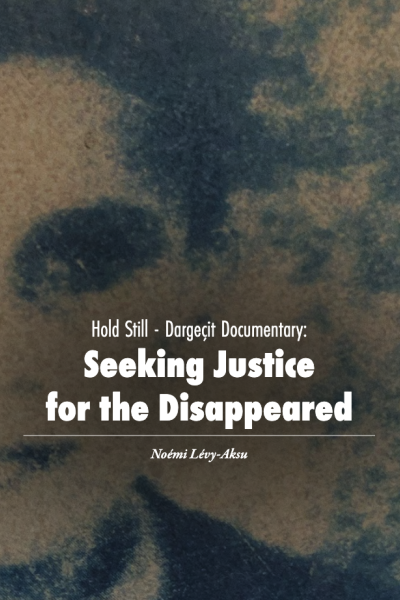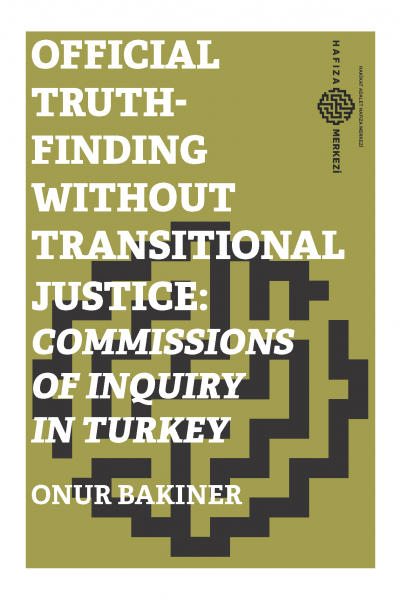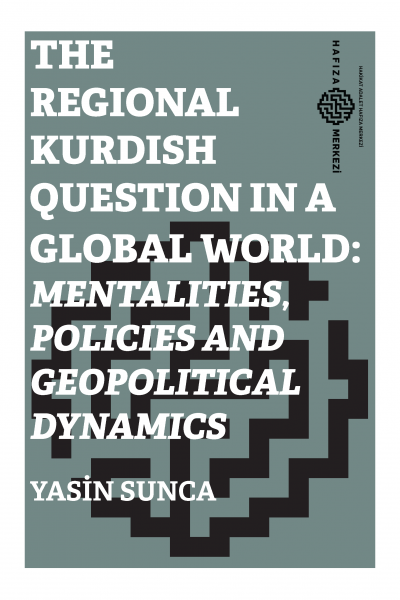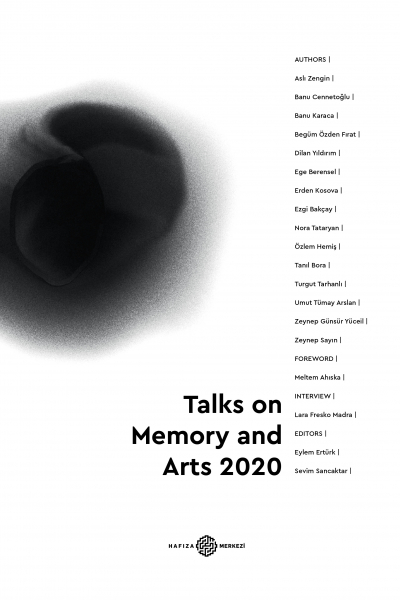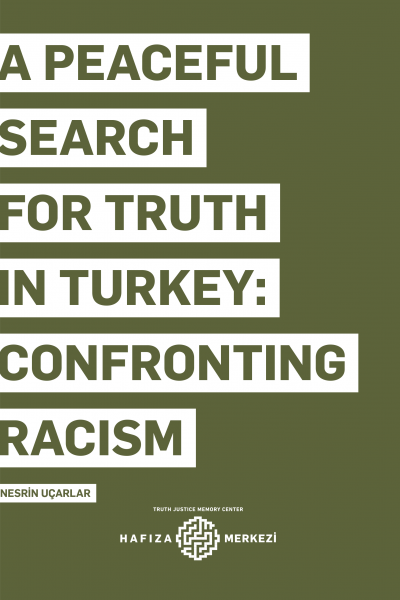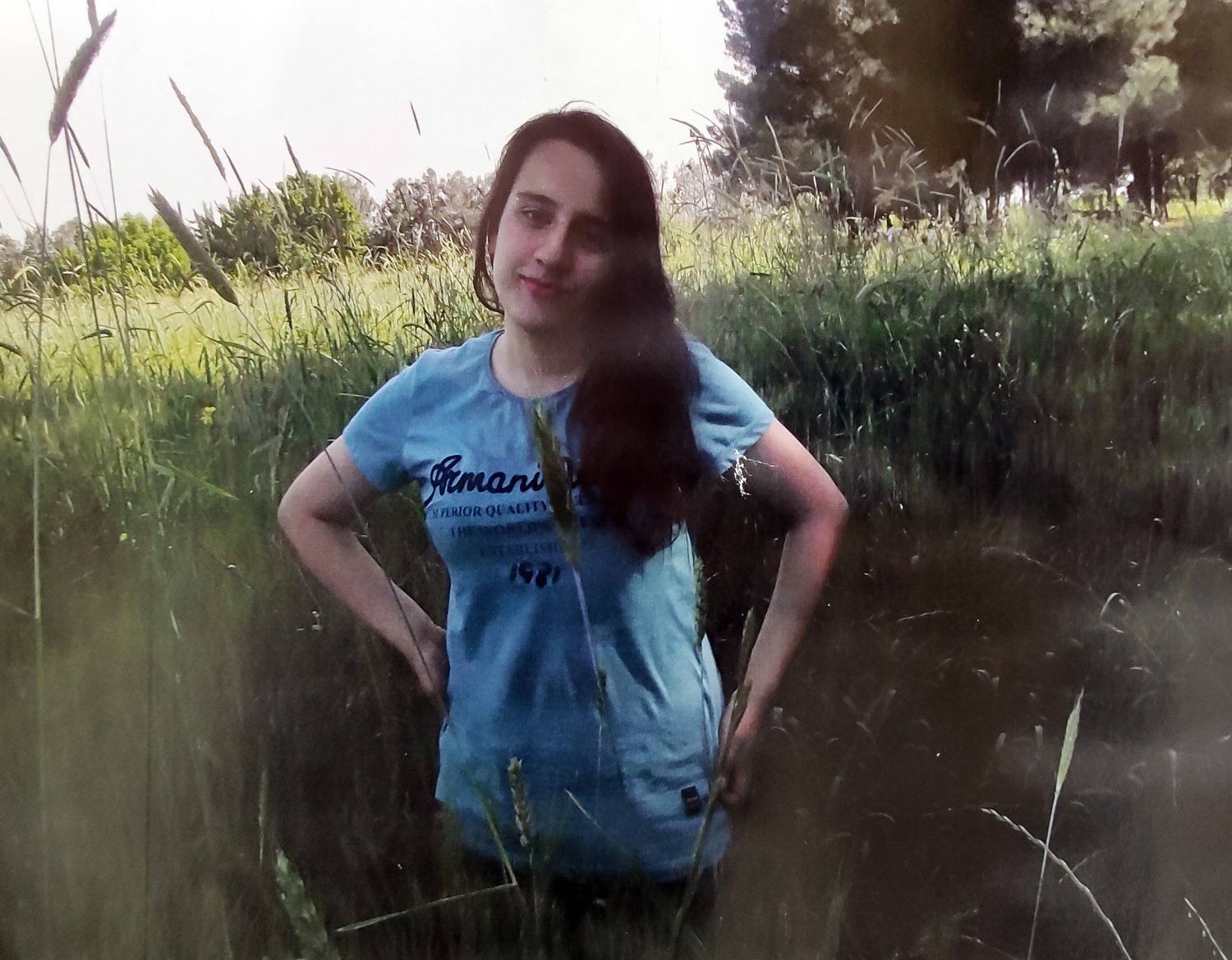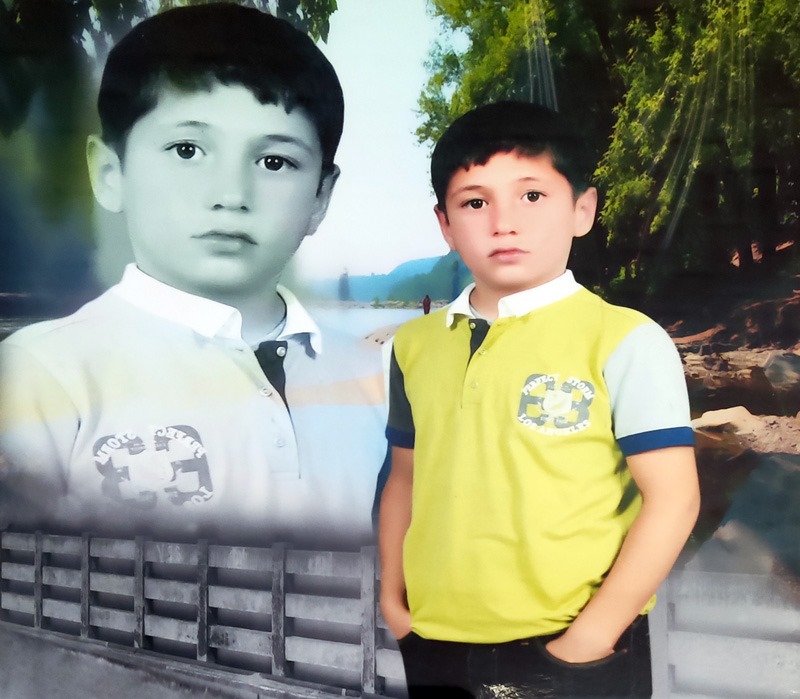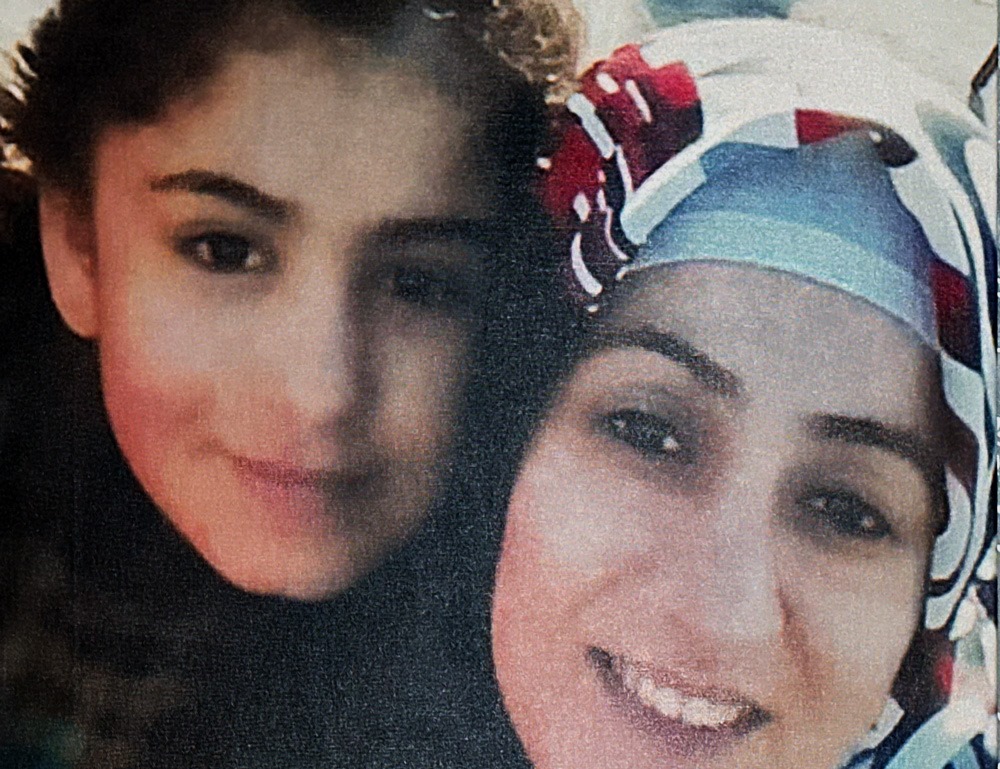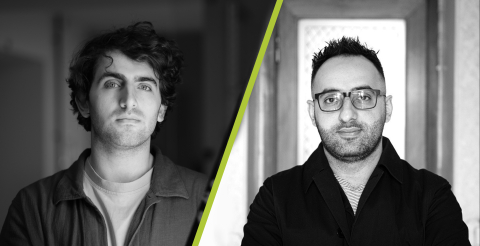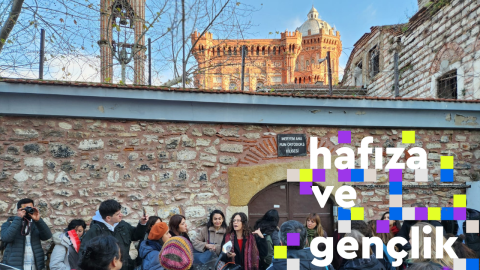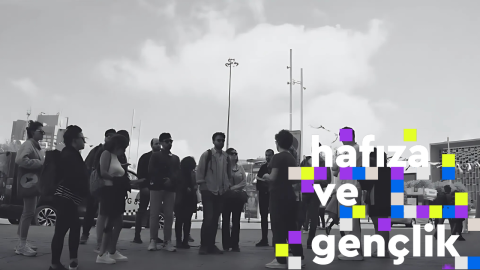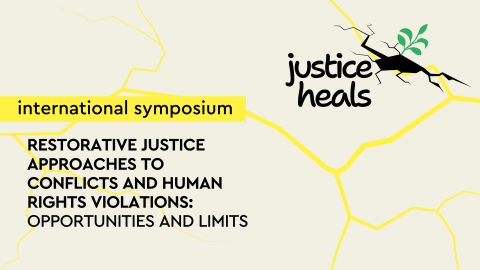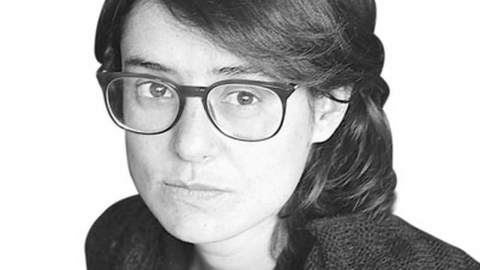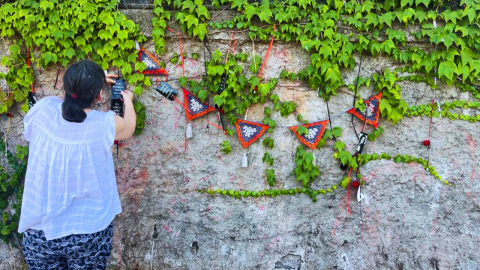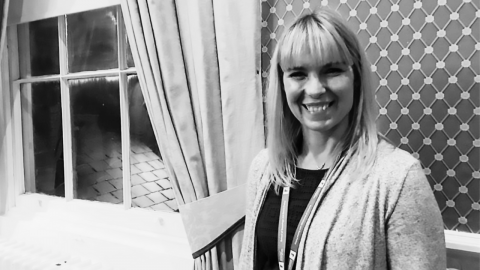Stolen Childhoods
The term ‘Kurdish issue’ signifies the overall process that developed with the centralization policies implemented in the late periods of the Ottoman Empire and solidified with the foundation of the Republic of Turkey in 1923, involving the exclusion of Kurds from the system, the denial of their individual and collective rights, and its present state that evolved through the struggles and conflicts ensued as a result of these developments.
1923: The Republic of Turkey was founded. The new regime rejected Kurdish autonomy, depriving Kurdish people of numerous political and cultural rights. During the early Republican era, various assimilation policies were enforced.
1925: The Sheikh Said rebellion, one of the earliest uprisings of Kurds against the central government’s cultural assimilation efforts following the foundation of the Republic, resulted in the execution of the rebellion’s leader, Sheikh Said, along with others in Diyarbakır city square. Those executed were displayed on the gallows for an entire day, and subsequently, their bodies were buried in an undisclosed location, preventing the discovery of their graves.
1938: The Republic’s early years witnessed the denial of the existence of Kurdish identity followed by the implementation of assimilation politics. The Dersim Massacre in 1938 marked a turning point, shattering the resistance of the Kurds and bringing an end to revolts.
1960s - 1970s: These decades were marked by the Kurdish movement’s regaining power following decades of silence. Towards the end of the 1970s, PKK (Kurdistan Workers’ Party) was founded.
1980: In September, a coup took place in Turkey that was bloodier and longer lasting than the preceding two coups. Diyarbakır Prison, notorious for systematic torture and severe human rights abuses, particularly against Kurdish political prisoners, led to the expansion of the PKK’s influence and escalated the prominence of the Kurdish issue in the agenda.
1990s: The armed conflict between the PKK and the Turkish armed forces escalated throughout the decade. Millions of Kurds were subjected to forced migration and the scope of the violation of human rights expanded, including enforced disappearances.
2013-2015: On March 21, 2013, months after the negotiations between the government and PKK leader Abdullah Öcalan, who has been imprisoned since 1999, the letter penned by Öcalan regarding the withdrawal of PKK armed forces from the territory of Turkey was publicly read during the Newroz events in Diyarbakır. This letter initiated a two-year period of de-escalation, marking the start of peace negotiations after 30 years of conflict.
2015-2016: Following the peace negotiations that lasted around 2 years, the armed conflict resumed in 2015. Unlike in the 1990s, conflicts intensified in the urban areas following the PKK’s declaration of self-governance. Prolonged curfews, lasting over three months in certain regions, were imposed. This period witnessed the loss of hundreds of civilian lives, along with the destruction of cities, districts, and even some historical sites.
In this timeline, we find it worthwhile to provide more detail on some of the key dates when Kurdish children were killed. This approach allows us to grasp the full scope of the state’s accountability for violating children’s right to life in the last two decades of the Kurdish issue, as well as the diverse array of methods through which Kurdish children have been targeted.
2006 | Diyarbakır Events: On March 24, 2006, a funeral was held in Diyarbakır for 6 members of HPG (The People's Defence Forces) who were among the 14 HPG members killed by chemical weapons during a military operation by the Turkish armed forces in the rural areas of Muş province. Security forces intervened during the funeral. During the incidents that rapidly unfolded across Diyarbakır and other cities in the region, 10 individuals, including 5 children, lost their lives in Diyarbakır, 2 in Mardin, and 1 in Batman due to bullets and gas bombs used by the police. Numerous children were also injured. The statement by then-Prime Minister Recep Tayyip Erdoğan, “Whether it is a woman or a child, our security forces will take the necessary action”, justifying the violations of children’s right to life sparked a critical reaction.
2011 | Roboski Massacre: The incident commonly known as the “Roboski Massacre” occurred on December 28, 2011. In Roboski village, located in the Uludere district of Şırnak province, 34 people, including 17 children, were killed as a result of the bombardment by Turkish Armed Forces (TSK) warplanes. It was later revealed that the victims were villagers trying to cross the countryside into Iraq for border trade. The incident underscored that Kurdish children living in impoverished mountain villages face numerous rights deprivations, particularly education, and are at the forefront of difficult and dangerous jobs such as border trade.
2015 | 2016 Declaration of Self-Governance: According to a report by the Human Rights Foundation of Turkey, a total of at least 77 children - 11 in Diyarbakır, 1 in Hakkari, 63 in Şırnak, and 2 in Mardin - lost their lives between August 2015, when the resolution process concluded and armed conflict resumed, and August 2016. These fatalities resulted from attacks involving mortars, rocket shells, bomb explosions, armored vehicles, and firearms. Notably, at least 31 children were killed during mass killings in the basements of three buildings in Cizre between January 23 and February 11, 2016.
Life and Death Narratives
Rozerîn
Forced to leave Herîdan village in Dicle district in 1993 due to oppression, Rozerîn’s family, like many Kurdish families displaced in the 90s, resettles in Diyarbakır’s Sur district. Rozerîn was born in 1999, as the first child of her family. Because of her heart arrhythmia, she is raised, as her father puts it, ‘surrounded by comfort and care’. She develops a great interest in various artistic fields, particularly photography and poetry. Rozerîn’s artistic side can be observed in a file containing a collection of writings, paintings, and photographs that her family keeps with great care. On January 8, 2016, amid the curfew in Diyarbakır’s Sur district, 17-year-old Rozerin Çukur was fatally shot in the head by a sniper. Her body was handed over to her family 5 months after her death.
I had a strong longing for education; that’s why I had Rozerîn schooled. My Rozerîn grew up, and she also educated me; she helped me become cultured. I even learned Turkish properly from her.
Rozerîn's mother
Nîhat
Born in 2003, Nîhat was the fourth child of the Kazanhan family, who resettled in Cizre following the evacuation of villages in 1993. On January 14th, 2015, amid various obstacles during the still ongoing resolution process, Nîhat was seen collapsing while playing with friends near his house. Despite being rushed to the hospital in the back of a pickup truck, 12-year-old Nîhat could not be saved. A day after both the Interior Minister and the Prime Minister declared, “The police were definitely not at the scene at the time,” the footage surfaced, revealing the police had opened targeted fire on children, employing weapons forbidden for public incidents. Audio recordings exposed the relaxed demeanor of the police officers inside the armored vehicle, casually consuming sunflower seeds.
He was attending school; he was an achieving kid, you know. At that time, when the incident happened on that day, he was just coming home from school. When he came home, he didn’t find his mother there. His mother had gone to the hospital. He went to play behind our house.
Nîhat's father
Helîn
On October 12, 2015, 12-year-old Hêlîn Hasret Şen, who was on the street with her mother on their way to a bakery in Diyarbakır’s Sur district during an imposed curfew, was fatally shot in the head when an armored Cobra-model vehicle opened fire from the street. The continuous firing prevented the immediate retrieval of Hêlîn Hasret Şen’s body from the street, and she could only be taken to the hospital after about an hour.
Because my daughter did not live; I did not get to know her character, her life. She remained in her childhood, remained at the age of only 12. If Hêlîn were alive now, she would be a young girl at the age of 21.
Helîn's mother
Mehmet
16-month-old Mehmet Uytun suffered severe head injuries when he was struck by a gas canister during protests in the Cizre district of Şırnak on October 9, 2009, while he was in his mother’s arms on the balcony of their house. After 10 days in intensive care at Diyarbakır State Hospital, Mehmet Uytun died on October 19, 2009.
The trial has been going on for 13-14 years. The murderer is identified, and we are the plaintiff. He killed our son while he was in his mother’s arms. We might have understood if it happened outside, at ground level; but he deliberately aimed and killed him in his mother’s arms on the balcony.
Mehmet's father
Videos
Impunity, in its simplest form, refers to the lack of investigation, identification, prosecution, and punishment of perpetrators, as well as the lack of compensation for those who have suffered from a human rights violation. The emphasis here is on the responsibility of the state. Although impunity is now used in a wide range of contexts, including topics such as violence against women, occupational accidents, hate crimes, and corruption, the concept has emerged in the international literature in the context of “serious violations”. Therefore, one of the important concepts related to impunity is “serious and grave human rights violations.”
Yasemin Soydan
Xemgin Görücü
Medzan Nakci
Court Decisions / Demands of the Families
Rozerîn Çukur
Rozerîn’s case differs from the cases of other children in this narrative. Despite persistent appeals submitted by Rozerîn’s family, a decision of “non-prosecution” was issued on the grounds of her alleged membership in a terrorist organization, while the appeals to higher courts were rejected. Upon the rejection of the appeals, her family turned to the Constitutional Court (AYM) on November 18, 2020, on the grounds of a “violation of the right to life.” In the application, it was underscored that the investigation file lacked evidence indicating Rozerîn Çukur was “a member of an armed organization” or had “participated in an armed action.” The Constitutional Court accepted the application and sought an opinion from the Ministry of Justice. The Ministry of Justice’s response is as follows:
“(...) Within the context of the legal provisions related to the ‘suppression of an uprising or rebellion in accordance with the law,’ it is deemed that the death of a person involved in activities against the independence and indivisible integrity of the country, organized attacks against the civilian and military targets of the country, engaged in illegal activities, was captured dead during an operation, and was conclusively identified as a member of the Separatist Terrorist Organization (BTÖ) with substantial arguments, cannot be considered within the scope of violation of the right to life.”
I mean, why? I want this to come out. Who did it? Who made them do it and for what reason? Why are we facing these accusations? Our baby is gone, our hearts are shattered. We didn’t take up arms, or a front against anyone; we only said we were receiving our child’s dead body. Why were we subjected to such intense insults? We underwent so many trials; I have three trials. Back then, the state detained me three times. We did nothing wrong; we wanted her body for burial. I don't know, I want all the injustices inflicted upon us, upon the people, to be brought to light.
Why is this police officer still at large? I mean, okay, he is a police officer, but he should be held accountable. Isn’t the police supposed to protect us? Are they supposed to kill our children? Anyway, our mental well-being, mine, my wife’s, and my children’s, is profoundly affected. After all, Nihat was not the only one who was killed; we are all dead.
Nîhat Kazanhan
During the 12th hearing held on November 11, 2016, the defendant Mehmet Nurbaki Göçmez was sentenced to aggravated life imprisonment for the crime of intentional killing with probable intent, which was later reduced due to the circumstances of unjust provocation and the good behavior of the defendant, resulting in a final sentence of 13 years and 4 months of imprisonment. While the execution of the prison sentence for the convicted police officer was proceeding in accordance with the finalized decision, the defendant, taking advantage of the arrangement allowing temporary release from penal institutions due to the COVID-19 pandemic in 2020, was subsequently released.
The family appealed to the Constitutional Court, which ruled a violation of the constitutional right to life. Despite the family’s multiple requests for a red notice based on suspicion of fleeing as the defendant police officer abstained from attending any of the hearings throughout the subsequent court proceedings, the court consistently denied the requests.
Hêlîn Hasret Şen
The court ruled that the defendant committed the crime with negligence and sentenced him to 5 years in prison. Considering that the offense was committed with conscious negligence, the court increased the sentence to 7 years and 6 months. After applying for a “good behavior reduction” to the 7 years and 6 months imprisonment sentence, the court ultimately reduced the sentence to 6 years and 3 months. The court dismissed the request for the defendant’s arrest and decided to continue the judicial control measures imposed on the defendant.
I keep thinking to myself. Am I able to spend time with my child? The person who murdered my daughter is spending time with his own child. Can my daughter enjoy a meal? He can. Can my daughter wander? He wanders. Does my daughter still breathe? He does, and he walks around freely. If justice is served, if he receives his sentence, it would bring some peace to my heart. At least I would know that he is serving his sentence within four walls. And this shouldn’t be something that I had to ask for.
The trial has been going on for 13-14 years. The murderer is identified, and we are the plaintiff. He killed our son while he was in his mother’s arms. We might have understood if it happened outside, at ground level; but he deliberately aimed and killed him in his mother’s arms on the balcony.
Mehmet Uytun
On September 14, 2023, during the final hearing, the court sentenced the defendant Hakan Alkan to 3 years of imprisonment for the charge of causing the death of a person by negligence. Then, the prison sentence was increased by 1/3, to 4 years, on the grounds that the defendant was obligated to exercise care and attention and that he caused the death of Mehmet Uytun by firing negligently and recklessly with the grenade launcher assigned to him as part of his duty. Eventually, the prison sentence was reduced to 3 years and 4 months, considering the good behavior of the defendant during the trial.
Publications
All Related Publications